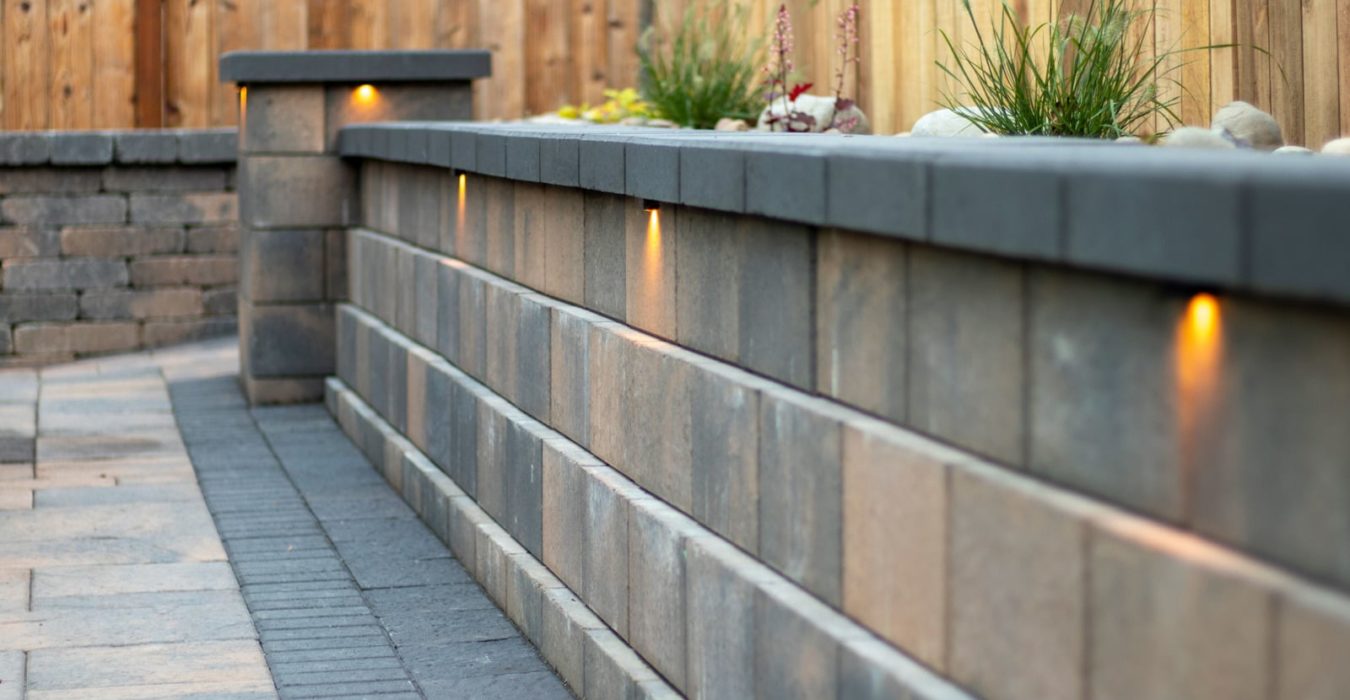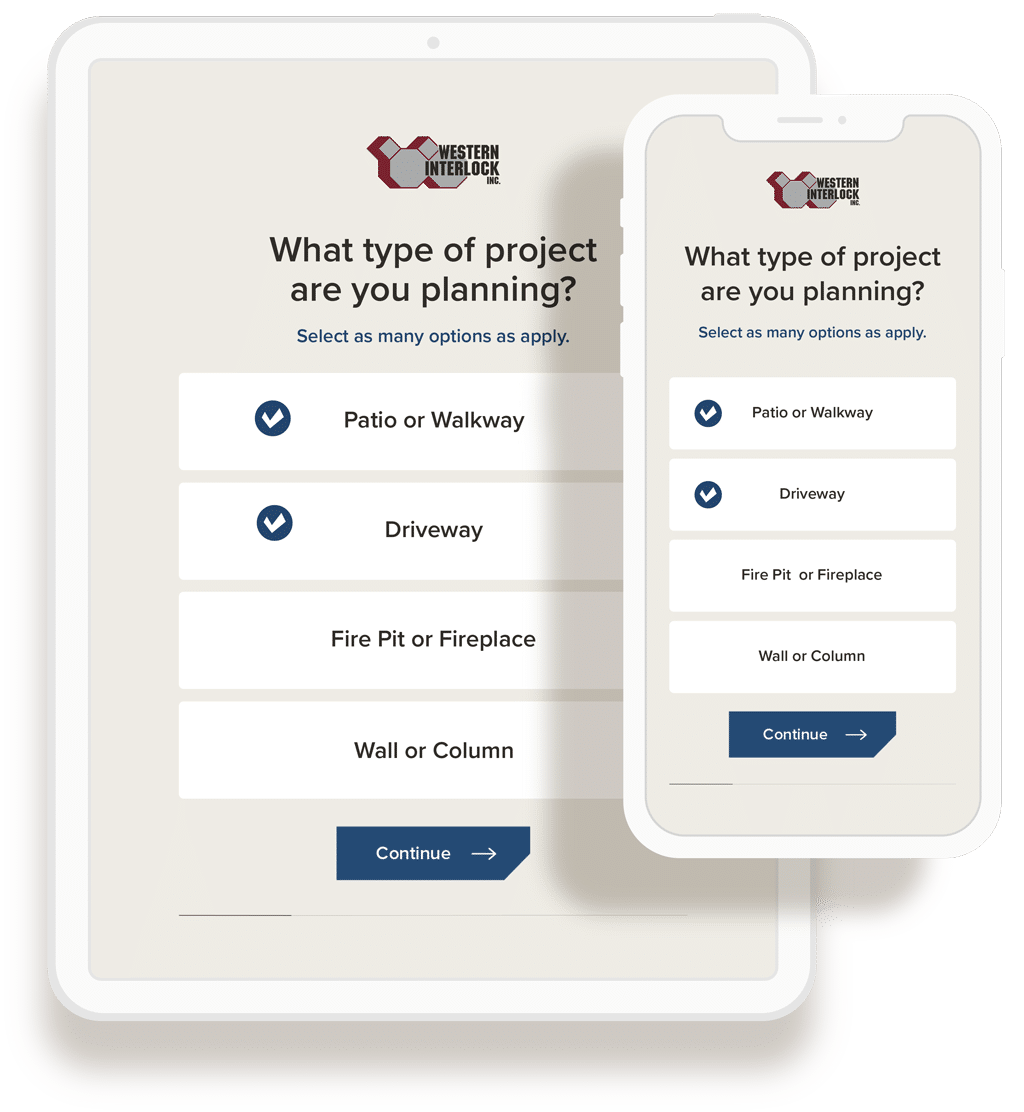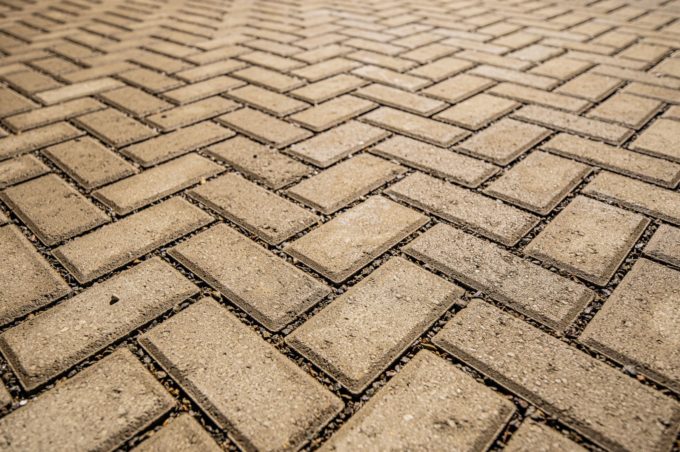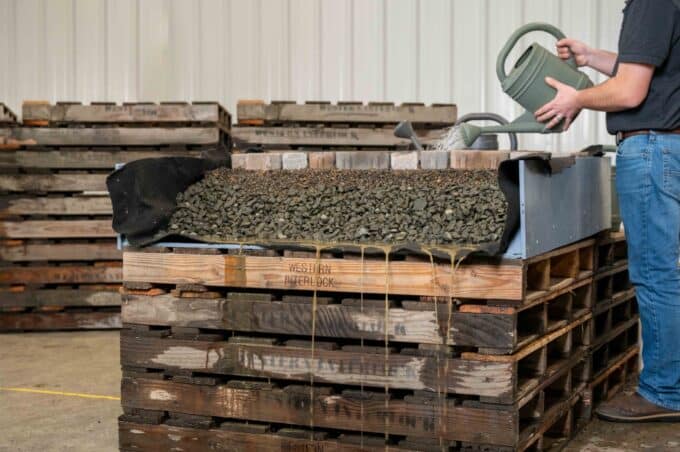In this article, we will share why you need a drainage system for your retaining wall and some natural and artificial recommendations for creating an effective retaining wall drainage system.
Why your retaining wall needs a drainage system
Why do you need a drainage system for your retaining wall? The answer is that water cannot pass through the wall itself, so it either holds water like a dam or turns into a landslide.
Effective drainage is a crucial component in the retaining wall structure because, without it, seasonal rains and other water will threaten the entire structure.
Any wall, especially those standing more than four feet tall, can cause catastrophic damage or injury if the wall fails. You must implement a drainage system to help prevent this from happening.
Natural drainage recommendations
Lay a proper base
The first step to implementing a system that will naturally drain the water is to lay a proper base for the wall. You will need to lay a 6” compacted gravel base with an angular aggregate that is between ¼” to 1¼”. We recommend ¾” minus road gravel in 2” lifts. You should also backfill at least a 12” of space behind the wall to have a place for the water to drain.
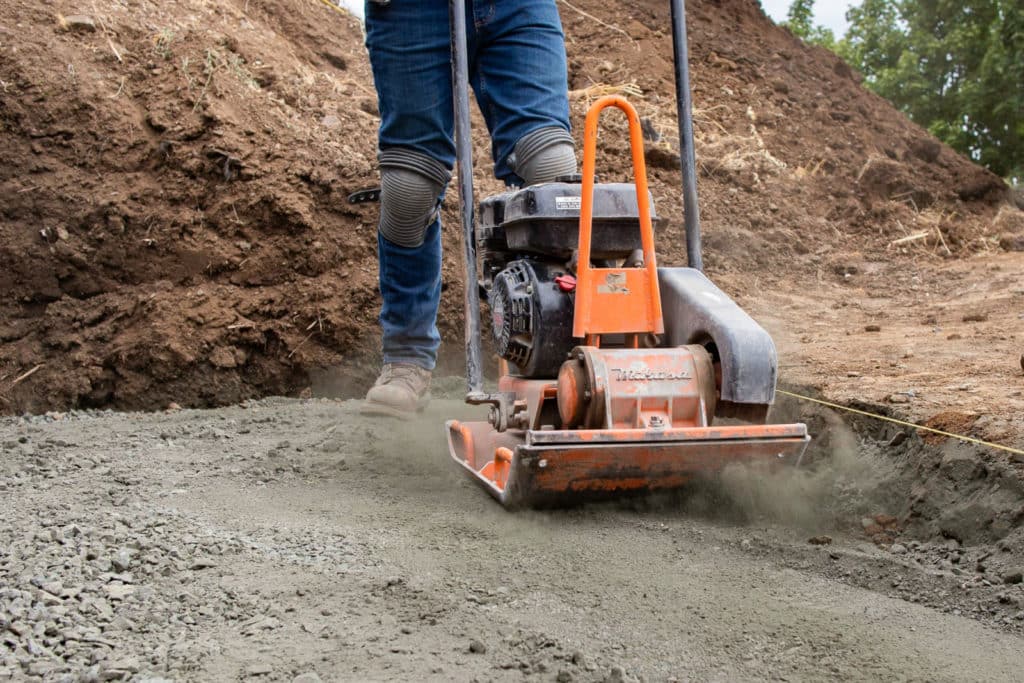
Use filter fabric
The second recommendation involves laying and pinning filter fabric (also known as landscape fabric) above the drainage stones and below the topsoil. The fabric will prevent fine material and organic matter from clogging the drainage stones and staining the face of the wall.
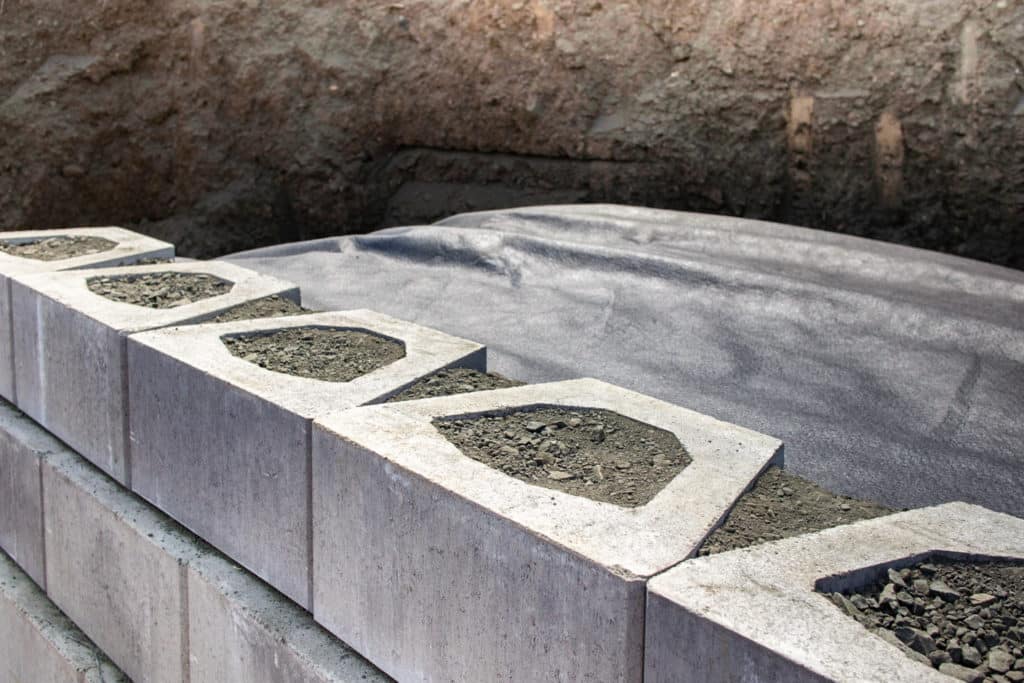
Drill weep holes
Finally, if your wall is concrete or is made of solid blocks, you should drill weep holes along the bottom of the retaining wall. Weep holes provide an easy exit path for water trapped within the wall—instead of building up, the water can easily exit through the bottom of the wall.
You should use weep holes in conjunction with a drainage channel or drain tiles that you place around the edge of the floor of the wall.
Artificial drainage recommendations
If you decide to implement an artificial drain system, you have two options: perforated pipe or a universal wall drain. We recommend using both options if you’re able.
Perforated pipe
First, you can install a perforated drainage pipe. This kind of pipe is installed along the inside or backfilled at the bottom of the wall. A perforated pipe has holes throughout it that allow the water to trickle down into the pipe and drain out into the gravel and dirt around the retaining wall. You’ll want to set your pipe at a slight decline to ensure water drains out the end.
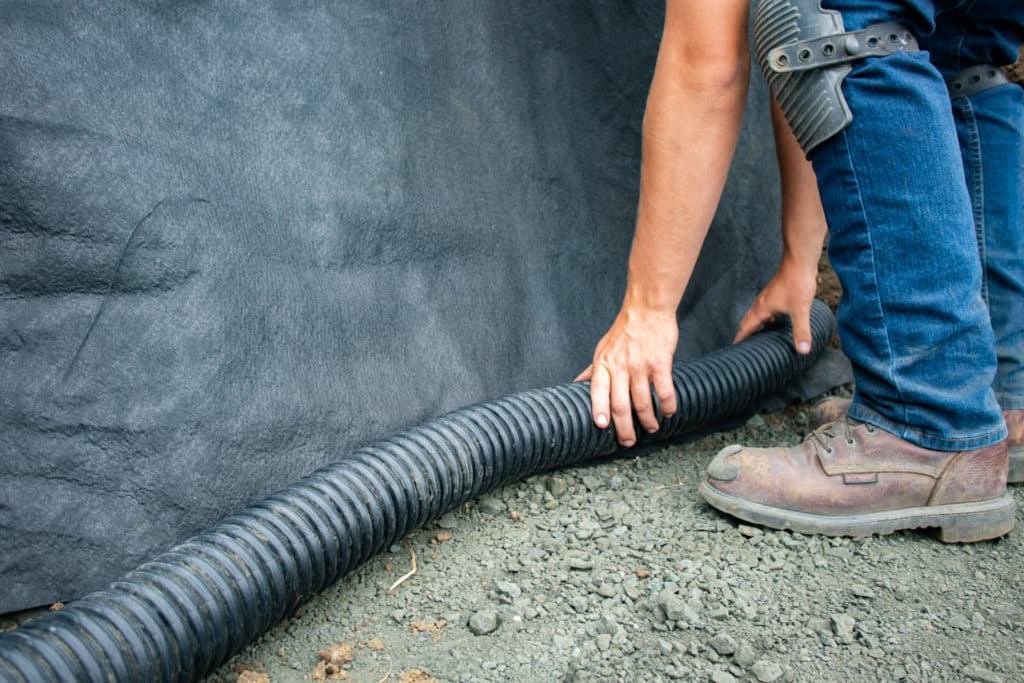
Universal wall drain
Your second recommendation is a type of universal wall drain, such as Wall Drain Pro. This drain will act as a weep hole but is functionally designed specifically for this purpose. The grate style ensures that nothing can build up and clog the drain. If you’re using a perforated pipe, you’ll want to attach your perforated pipe to the wall drain and ensure the pipe is tiling toward the wall drain for proper drainage.
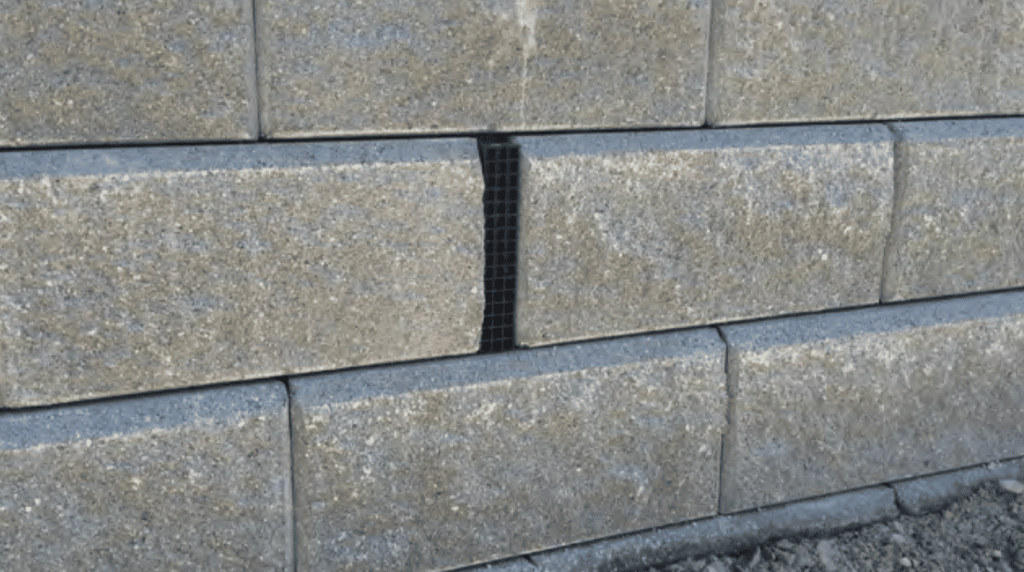
Learn more through our original training videos
Do you want to learn more about installing your backyard pavers? Check out our free How to Install Patio Pavers video to learn how to build the patio, driveway, or pathway that you have been dreaming about for your property.


